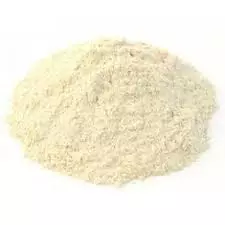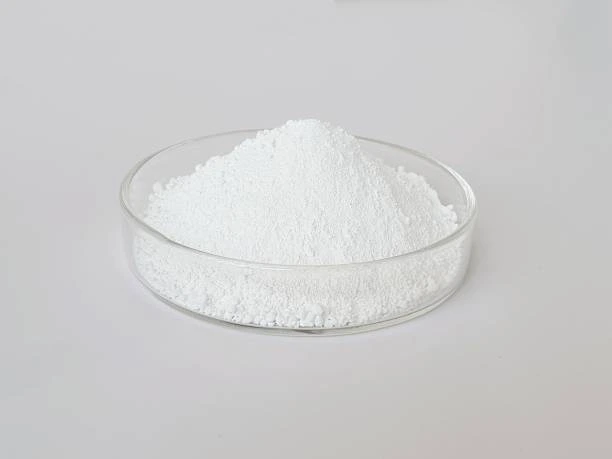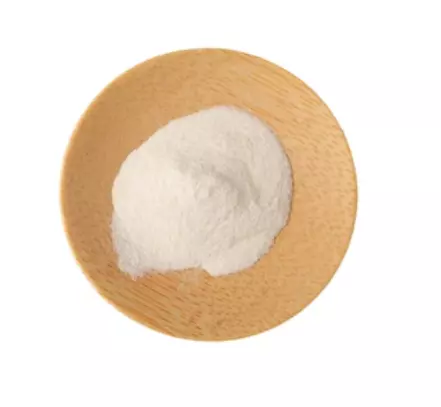Agar - India
|
Origin |
: India |
|
IUPAC Name |
: - |
|
Cas Number |
: 9002-18-0 |
|
HS Code |
: 1302.31.00 |
|
Formula |
: C12H18O9 |
Basic Info
|
Appearance Name |
: Milky or Yellowish fine crystalline powders |
|
Common Names |
: Agar gelose, agar-agar |
|
Packaging |
: 25 kg bags, 25 kg drums |





 English
English
 Indonesian
Indonesian
 简体字
简体字
 العربية
العربية
 Español
Español
 Français
Français
 Português
Português
 日本語
日本語
 한국어
한국어
 Tiếng Việt
Tiếng Việt
